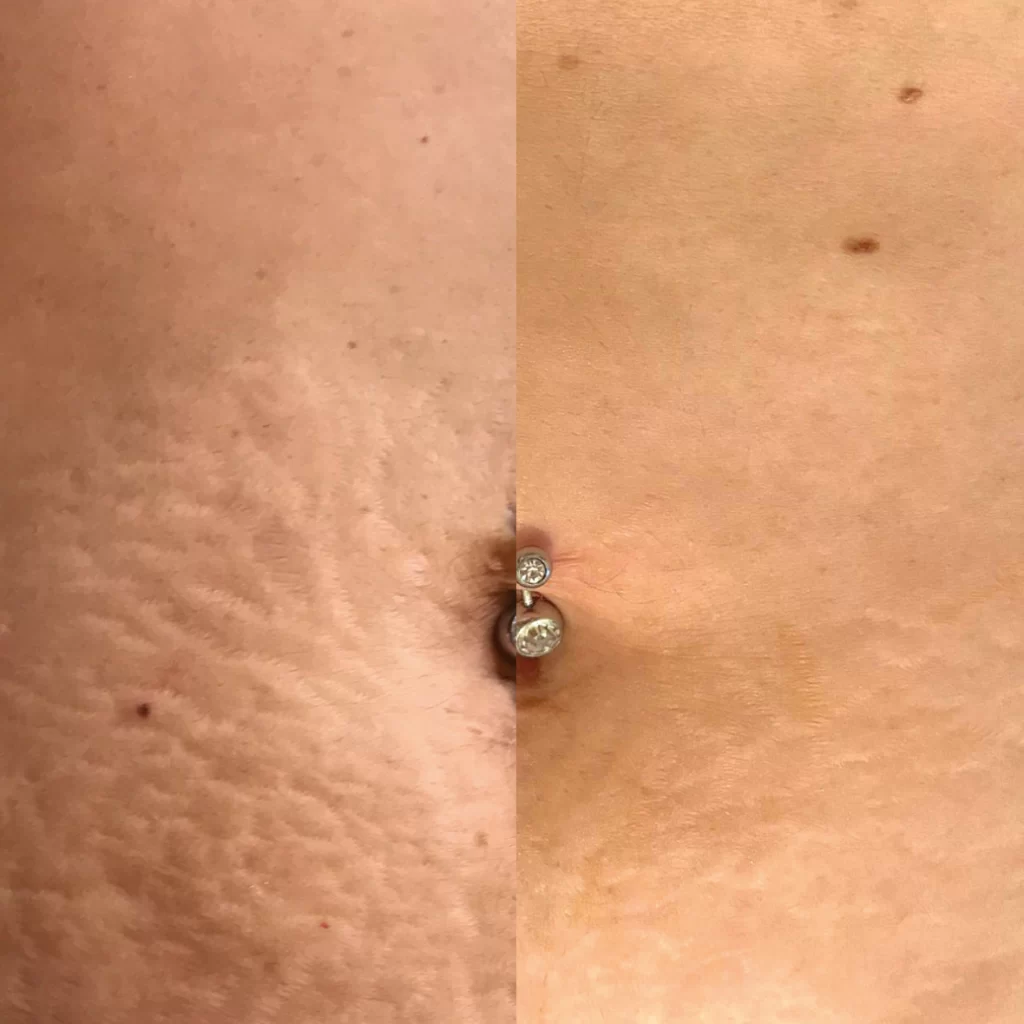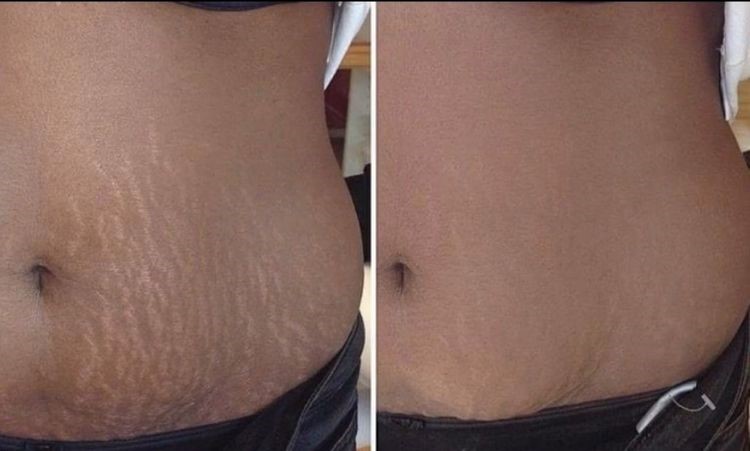Scars tell a lot of stories of the past – of survival, healing, and sometimes trauma. However, not everyone who have scars is very comfortable with the visible reminders etched into their skin. For many folks, scars can prove to be a source of discomfort and insecurity. Fortunately, scar camouflage tattoos offer and effective and creative solution to likely minimize the scars’ appearances, helping several people in regaining confidence in their skin. This blog is intended to discuss everything that you require to know about scar camouflage tattoos, from the basics to the process & aftercare.
What is meant by Scar Camouflage Tattoo?
A scar camouflage tattoo is a proven and specialized technique that is widely used to disguise the scars by tattooing over them with a pigment that matches the surrounding skin tone. Unlike the several traditional tattoos that use ink in creating art or designs, scar camouflage tattoos are intended to blend the scar into the skin, making it lesser noticeable.
This kind of tattooing is sometimes referred to as a paramedical or medical tattooing as it serves as a restorative or corrective purpose rather than an artistic one. It is commonly used to cover up the unwanted scars from injuries, surgery, or skin conditions like vitiligo.

What is the Process by which Scar Camouflage Tattoo Work?
The process of scar camouflage tattooing involves the implanting of skin-colored pigments into the upper dermal layer of the skin with the usage of a sterilized needle. The goal is to match the pigment as closely as possible to the person’s natural skin tone, creating a very seamless blend that makes the scar lesser visible.
Scar camouflage tattoos usually require a very skilled technician or a tattoo artist who is well-trained in skin tones and color theory. The success of the procedure primarily depends on the artist’s ability to mix pigments that perfectly match the surrounding skin tone. This is specifically challenging as human skin is not a uniform color. It has variations and undertones that must be considered carefully.
Types of Scars that are Suitable for Camouflage Tattooing
Not all scars are ideal for candidates for camouflage tattooing. The following are the types of scars that are typically suitable for this particular procedure:
- Flat Scars – These scars are flush with the surrounding skin and are typically the best candidates to receive camouflage tattooing.
- Hypo-pigmented Scars – These particular scars have lost color or appear to be lighter than the surrounding skin. These scars can be camouflaged using skin-colored pigments.
- Burn Scars – Depending on the texture and severity of the burn scar, it may be possible to camouflage it with the help of tattooing.
- Surgical Scars – The scars that are left after surgeries like a C-sections, mastectomies, or other operations can easily be camouflaged.
- Stretch Marks – While not exactly the scars, the ugly stretch marks can also possibly be camouflaged using this particular technique, making the same lesser visible.
When Scar Camouflage Tattooing May Not Be Suitable
There are a number of situations where scar camouflage tattooing may not prove to be the best option:
- Raised or Keloid Scars – Keloid (overgrown scar tissue) or raised scars are generally not ideal for tattooing because the skin texture may not hold the pigment well, and the result may not be pleasing aesthetically.
- Fresh Scars – Scars should be healed fully before one opts to undergo camouflage tattooing. Typically, this means that waiting for at least 12 months after the surgery or injury before considering this procedure.
- Discolored Scars – Scars that are purple, red or dark brown may require more time heal or fade before they can be camouflaged effectively with tattoos.
- Skin Conditions – Individuals with certain sensitivities or skin conditions may not be suitable candidates for scar camouflage tattooing.
The Process of Getting a Scar Camouflage Tattoo
If you are considering a scar camouflage tattoo, then you should expect the following from the process:
- Consultation – The very first step is a consultation with a trained technician or a tattoo artist. During this particular meeting, the artist will assess your scar to determine if it is suitable for camouflage tattooing. They will also discuss your expectations, the entire process, & potential outcomes.
- Color Matching – One of the very critical steps in the process is matching of color. The artist will mix the pigments to match your skin tone as closely as possible. This may involve applying for small test patches to witness how the pigment appears once healed.
- Tattooing – The process of tattooing involves the usage of a needle to implant the pigment into the skin. Depending on the complexity and size of the scar, the procedure can take anywhere between an hour to several hours to be completed.
- Healing – After the tattooing is completed, the treated area will go through a process of healing that is similar to the process of a traditional tattoo. It may take several weeks for the skin to heal fully, during which the color of the skin may change slightly as it settles into the skin.
- Touch-Ups – At times, a touch-up session may be required to bring in the perfection in the color match or to address areas where the pigment did not take evenly.
Aftercare for Scar Camouflage Tattoos
It is very crucial to maintain proper aftercare to completely ensure the best possible results from your camouflage tattoo. Here are a few of the key aftercare tips that you should follow:
- Keeping the Area Clean – You need to clean the area with a fragrance-free, mild soap and lukewarm water. You ought to avoid scrubbing or using any kind of harsh chemical products.
- Moisturize – Apply a recommended moisturizer or any kind of ointment for keeping the skin hydrated & to promote healing.
- Avoid Exposure to Sun – You may protect the area from direct sunlight, as UV rays may cause the pigment to face or change its color. You may use sunscreen with a high SPF if you require to go outside.
- Avoid Scratching or Picking – It is crucial to let the tattoo heal naturally. Scratching or picking at the area can likely lead to scarring or loss of pigment.
- Follow The Instructions of Your Artists – Your technician or tattoo artist will provide specific instructions of aftercare. You necessarily need to follow these instructions carefully to ensure the best outcome.

Conclusion
Scar camouflage tattoos offer a very powerful way of reclaiming your confidence by minimizing the scars’ appearance. No matter if you are looking forward to cover a burn mark, surgical scar, or stretch marks, this particular specialized form of tattooing can indeed provide a natural-looking and permanent solution. However, it is essential to work with an experienced and skilled artist who thoroughly understand the complexities of scar textures and skin tones to achieve the best results. With proper consideration and care, a scar camouflage tattoo can be a life-changing decision for those who are seeking to improve the appearance of their skin.
Stay Updated With Discreet Cosmetic Studio
Don’t miss out on the latest updates from Discreet Cosmetic Studio. Stay tuned to our Facebook, Instagram and YouTube for the latest updates.

